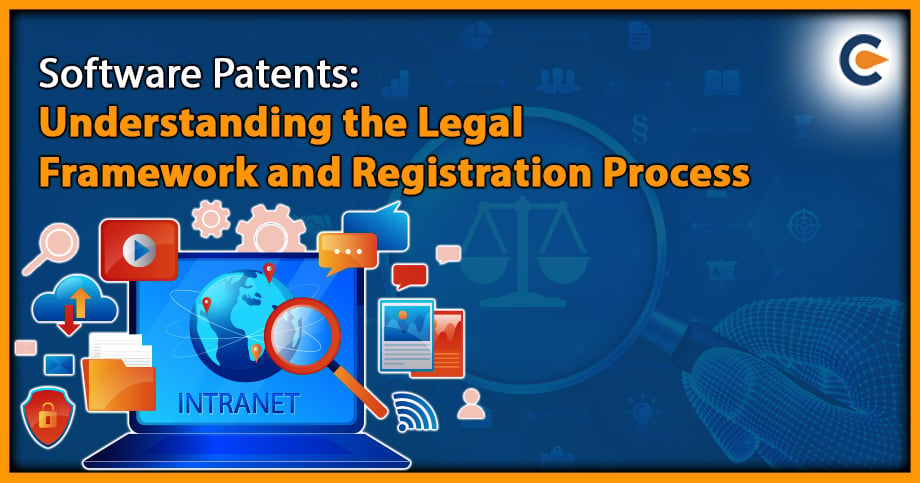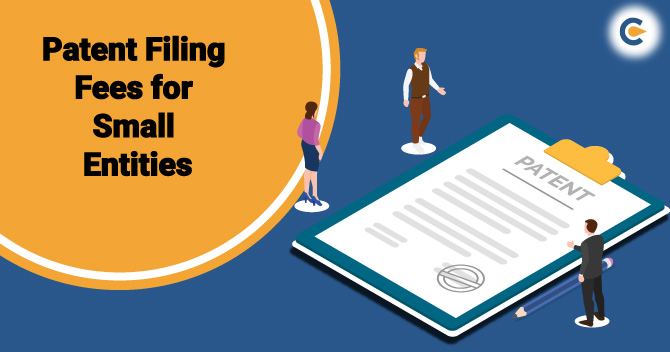India has a software industry explosion and increased technology breakthroughs over the past ten years. The market for software, computer programs, and mobile programmes is highly competitive, and creators are frequently at risk of losing money since users may only use their products if they pay for them. One of the greatest methods to safeguard intellectual property is with a patent, but the procedure is difficult, particularly in India. A strict set of requirements must be met in order to obtain software patents. Additionally, patents give companies a way to safeguard their intellectual property. Without a patent, rivals may quickly copy an idea, lowering its worth and profitability.
What Do You Mean By Software?
A computer’s ability to carry out particular activities or processes is made possible by a set of instructions, programs, and data known as software. It is software that instructs a computer on what to do and how to do it. Software is a crucial part of contemporary technology and is utilized in various devices; including computers, smart phones, and even cars and airplanes. It has revolutionized how people live, work, and communicate, and it is essential to enable businesses and organizations to function effectively and efficiently.
What is a Patent?
A patent is a legal document that provides exclusive rights to an inventor or an assignee to produce, use, and sell an invention for a limited period, typically 20 years. Patents are crucial for businesses as they offer a significant competitive advantage and provide protection for their intellectual property.
What are the Computer Related Inventions?
Any invention that uses computer hardware or software is considered to be computer-related. These innovations often use computers or computer networks to carry out particular tasks or address particular issues. Hardware and software inventions are the two basic categories into which inventions relating to computers can be divided. Software-related inventions—also referred to as computer-related inventions—involve computer programs, software, and algorithms.
A computer-related invention must show a technical effect or improvement in the technology sector to be considered patentable. The invention must have a real-world application rather than just an abstract concept or a mathematical calculation.
What are Software Patents?
An inventive and non-obvious software innovation may be protected by Software Patents, which is intellectual property protection provided by the government to its creators or owners. Software firms, individual developers, and startups that devote a lot of time, money, and talent in creating cutting-edge software solutions need software patents as a vital tool. Inventors can monetize their intellectual property through licensing, sales or other commercialization strategies and protect their works from copying or theft by rivals by acquiring Software Patents.
Conditions for Patent Eligibility of Software
These are the main criteria used to assess software’s eligibility for patent protection:
- Novelty: The program must be brand-new and unreleased to the public. Software that has already been made public is not eligible for patent protection.
- Non-Obviousness: The software must be non-obvious from a tech-savvy person. As a result, the software must be a more complex or clear addition to already-existing software or technology.
- Utility: The software ought to have real-world applications. The software cannot be purely theoretical or abstract.
- Written Description: The software needs to be defined to make it possible for a tech-savvy person to duplicate it.
- Industrial Applicability: The software must be suitable to a certain sector of the economy or branch of technology.
Can Software Be Patented In India?
The Patents Act 1970[1], which controls patent registration and protection in India, oversees patent law here. Software is a patentable subject matter in India under the Patent Act if it satisfies the requirements for patentability.
According to the 2016 Computer Related Inventions (CRI) guidelines published by the Office of the Controller General of Patents, Designs, and Trademarks, states that if the patent is for an algorithm, a business approach, or a mathematical technique, the application is rejected.
In India, the software can be patentable; however, the law stipulates that it must be connected to a specific piece of hardware or technological device. This means that while software used to address a technical issue or be integrated with hardware is eligible for patent protection, software used on its own is not.
In India, the procedure for getting software patents is the same as for any other kind of patent. To confirm that the invention is new and not evident from the prior art, it entails completing a search, creating and submitting a patent application to the Indian Patent Office, and prosecuting the application before the patent office.
In recent years there has been a rise in the importance of software patenting in India, particularly in the technology and software sectors. Businesses can get a competitive edge and safeguard their intellectual property through patents. Additionally, they offer chances for licensing and commercialization, enabling companies to profit from their discoveries.
2016 Guidelines – Three-point Test to Examine an Application for Software Patents
- The claim’s real contribution must be acknowledged by the examiners, who must interpret the claim correctly.
- The claim is rejected if the contribution is restricted to a single mathematical approach, business method, or algorithm.
- If a patent claim relates to a computer program, it must first be examined to see if it is compatible with unique hardware before moving on to subsequent steps for patentability assessment.
Steps Involved in Software Patents Registration
Following is the step by step process for Software Patents Registration:
- There are a number of procedures that must be completed in order to register a software invention for a patent. To establish whether the software innovation is innovative and non-obvious in view of current technology, the first step is to do a prior art search. This search is essential for determining potential patentability obstacles and for defining the patent application’s scope.
- The preparation of a patent application is the following stage once the prior art search is finished. This entails drafting claims that specify the scope of the invention as well as a thorough description of the software product and its novel features. This phase needs technical skill in both software development and patent law; therefore, a patent attorney can help.
- The filing of the patent application with the relevant patent office is the third stage. The application must adhere to particular formatting and content specifications and must be submitted with the correct filing fees. Following filing, the application is given to a patent examiner who checks it for conformity with the conditions of patentability.
- The examiner may make office actions that point out potential problems with the application or ask for more information while the patent application is being prosecuted. To address these concerns and make a case for the patentability of the software innovation, the patent attorney collaborates with the examiner.
- The patent will be issued if the patent examiner finds that the application complies with all criteria for patentability. This gives the inventor of the software the sole right to use it for a set amount of time, usually 20 years from the filing date.
Conclusion
Therefore, it is crucial to prove that the patent registration application covers both the invention that can be used in the industry and the software in order to achieve patent registration for software. Registering software patents is a crucial part of defending the developers’ and designers’ intellectual property rights. It entails a difficult procedure that necessitates a full comprehension of patent law and the criteria for patentability. Creators and developers can enjoy exclusive rights to their works; take advantage of licensing and commercialization opportunities, and get a competitive edge in the market by acquiring a software patent.
Also Read:
Software Patent: Applicability, Scope, And Validity











